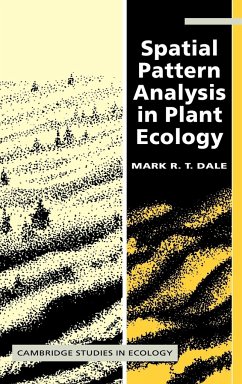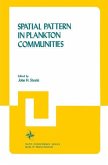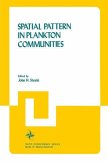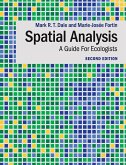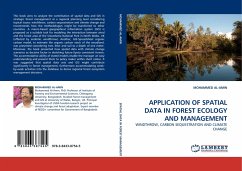The predictability of the physical arrangement of plants, at whatever scale it is viewed, is referred to as their spatial pattern. Spatial pattern is a crucial aspect of vegetation which has important implications not only for the plants themselves, but also for other organisms which interact with plants, such as herbivores and pollinators, or those animals for which plants provide a habitat. This book describes and evaluates methods for detecting and quantifying a variety of characteristics of spatial pattern. As well as discussing the concepts on which these techniques are based, examples from real field studies and worked examples are included, which, together with numerous line figures, help guide the reader through the text. The result is a book that will be of value to graduate students and research workers in the fields of vegetation science, conservation biology and applied ecology.
Table of contents:
Preface; 1. Concepts of spatial pattern; 2. Sampling; 3. Basic methods for one dimension and one species; 4. Spatial pattern of two species; 5. Multispecies pattern; 6. Two-dimensional analysis of spatial pattern; 7. Point patterns; 8. Pattern on an environmental gradient; 9. Conclusions and future directions; References; Index.
The predictability of the physical arrangement of plants is a crucial aspect of vegetation. This book describes and evaluates methods for analysing a variety of characteristics of spatial pattern. Worked examples and examples from real field studies, together with numerous line figures, help guide the reader through the text.
A review and evaluation of the analysis methods for studying spatial pattern in vegetation.
Table of contents:
Preface; 1. Concepts of spatial pattern; 2. Sampling; 3. Basic methods for one dimension and one species; 4. Spatial pattern of two species; 5. Multispecies pattern; 6. Two-dimensional analysis of spatial pattern; 7. Point patterns; 8. Pattern on an environmental gradient; 9. Conclusions and future directions; References; Index.
The predictability of the physical arrangement of plants is a crucial aspect of vegetation. This book describes and evaluates methods for analysing a variety of characteristics of spatial pattern. Worked examples and examples from real field studies, together with numerous line figures, help guide the reader through the text.
A review and evaluation of the analysis methods for studying spatial pattern in vegetation.

